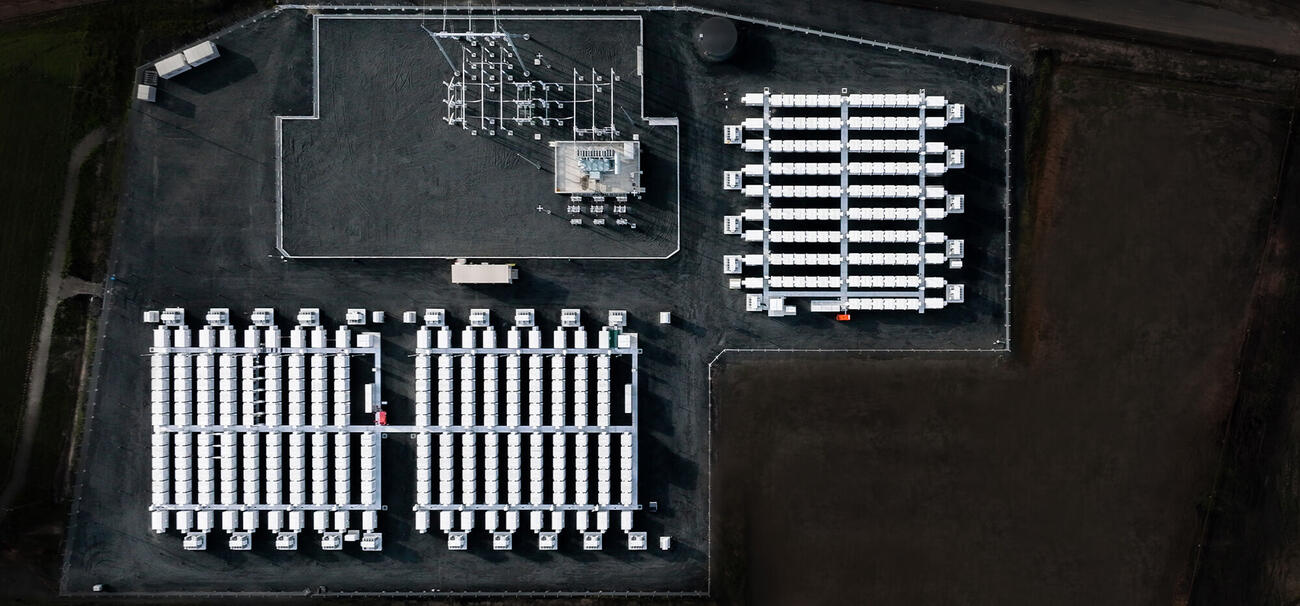This iconic project is in line with ENGIE's commitment to develop systems that make power production more flexible and help speed up battery storage capacity. By storing electricity when renewable power production is at its highest, or when demand is at its lowest, batteries make it possible to boost the development of renewables by bridging the gap between demand and intermittent supply. "Energy storage solutions, like batteries, are key to boosting the energy transition while increasing the electric grid networks' reliability," Sebastien Arbola says. He is Executive Vice President in charge of Flex Gen & Retail activities.
The opening of HBESS, which was jointly developed by energy storage companies Eku Energy and Fluence, is part of the rehabilitation project of a former coal-powered station. The project is in line with ENGIE’s commitment to phase out coal-based power production (by 2025 in Europe and 2027 globally).
This first reallocation of former thermal assets to renewable energy technologies is a concrete illustration of ENGIE’s commitment to its decarbonization path.

